Neil,
Nice images!!! Can you please clarify where the light source is coming from in the handheld ASET with the light tray vs. the tablet desk model? It appears the light source from the light tray goes from the bottom through the PAVILLION side and then to the hand held ASET. In contrast, the light source in the tablet desk model is coming from the bottom, I think, then through the CROWN side and then is blocked by the cap. Am I correct? The handheld does not require any cap? A little confused!
Nice images!!! Can you please clarify where the light source is coming from in the handheld ASET with the light tray vs. the tablet desk model? It appears the light source from the light tray goes from the bottom through the PAVILLION side and then to the hand held ASET. In contrast, the light source in the tablet desk model is coming from the bottom, I think, then through the CROWN side and then is blocked by the cap. Am I correct? The handheld does not require any cap? A little confused!

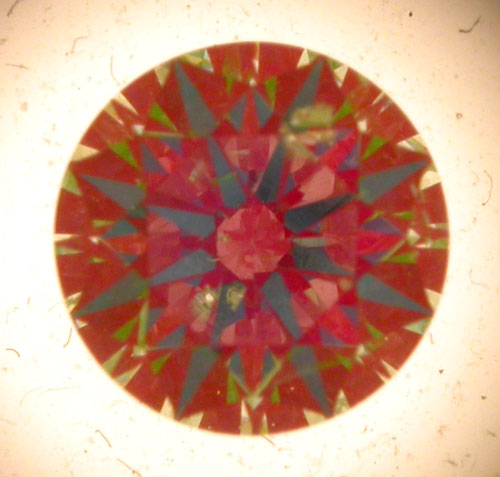
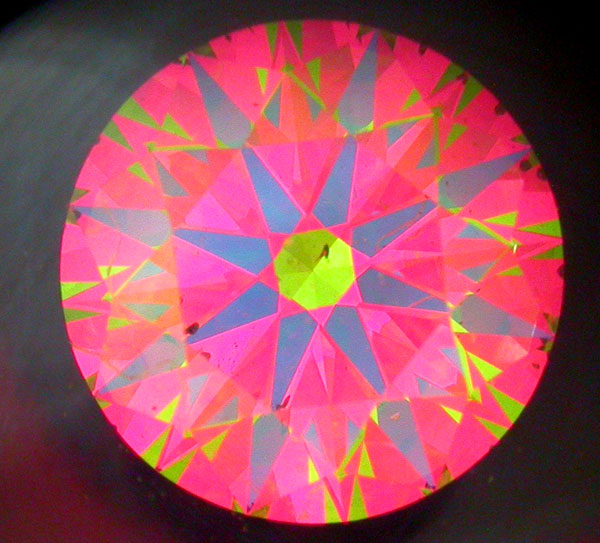




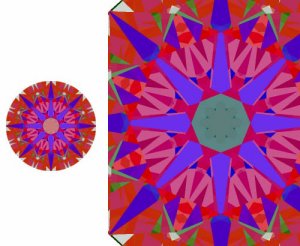
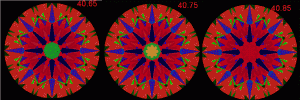
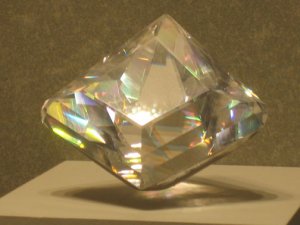



300x240.png)